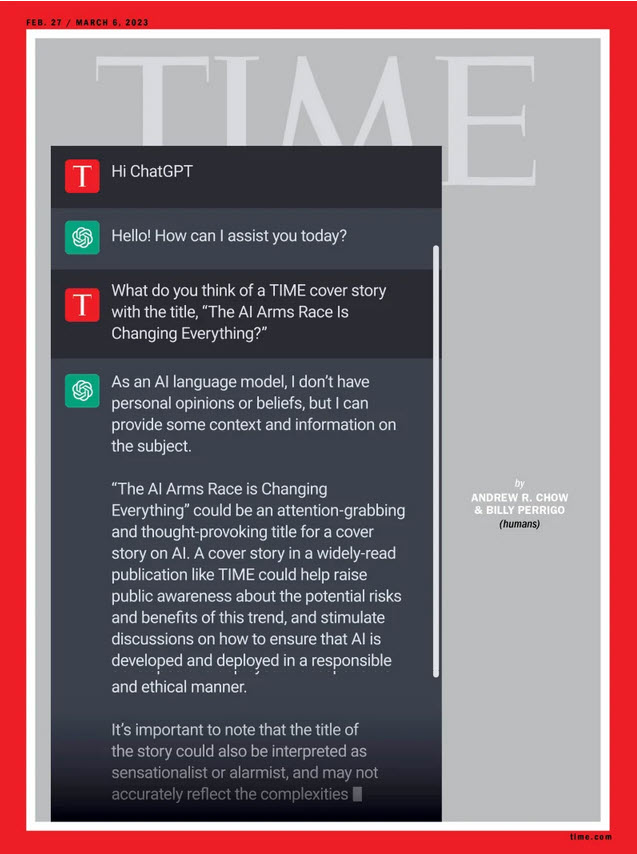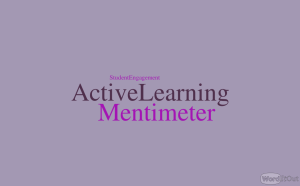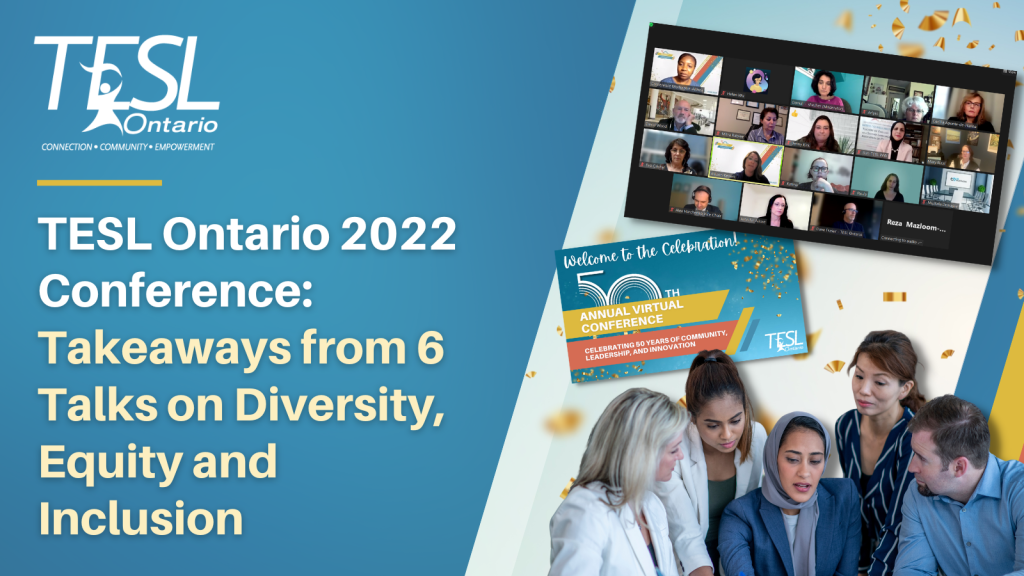By Margaret Holec
Introduction
The past decade has seen a game-changing impact on English as a Second Language (ESL) education, thanks to Artificial Intelligence (AI). Notably, AI has made students more independent in their learning, helping them secure jobs even with lower English levels. Additionally, direct translation of messages and emails has become seamless, enhancing communication.
1. Independent Learning: AI’s Role in Student Empowerment
AI in ESL education has shifted the focus to personalized learning, allowing students to learn at their own pace. This independence builds confidence and self-reliance as learners navigate language acquisition with tailored support.
Continue reading









